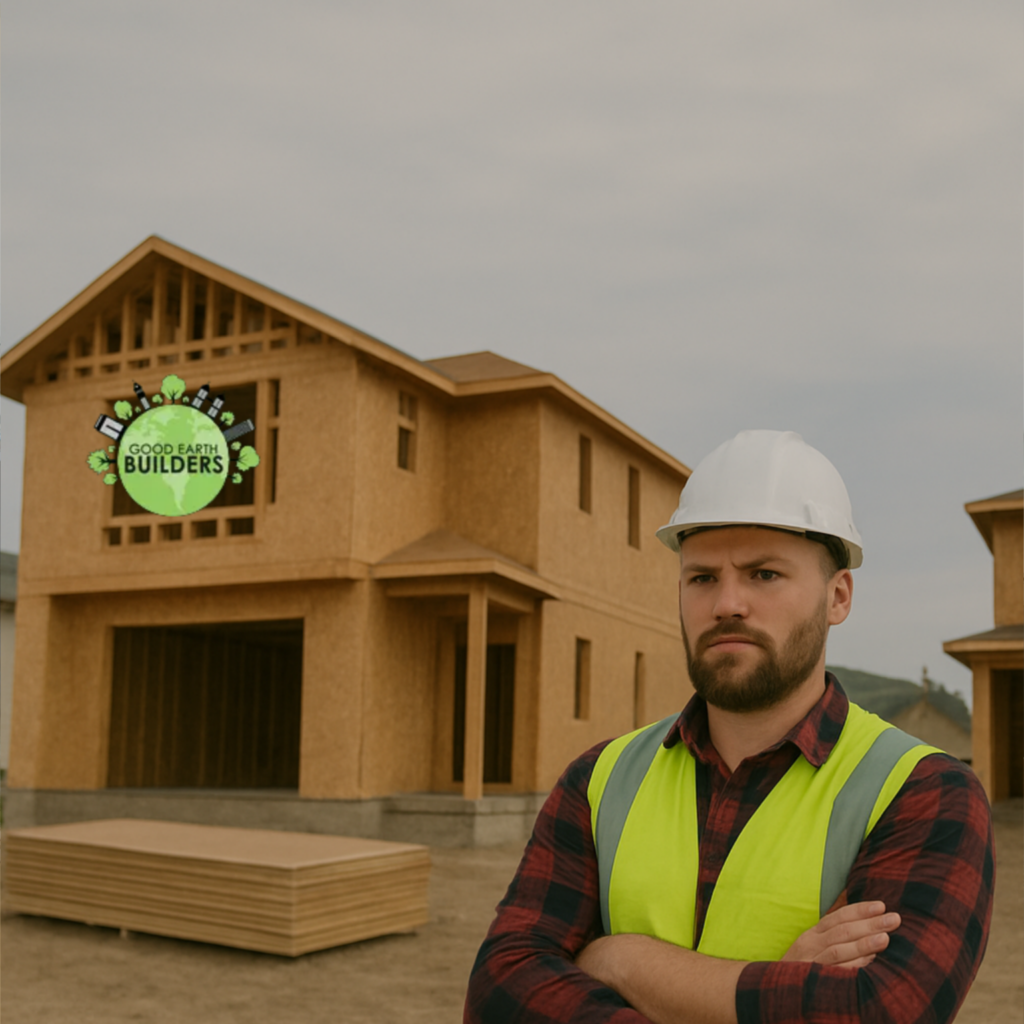Monday, August 11, 2025
Introduction: Understanding the Construction Cost Crisis in Calgary
The construction industry in Calgary is facing one of its toughest challenges in decades—skyrocketing material costs. Whether you’re planning to build a new home, renovate an existing property, or develop a commercial space, you’ve likely noticed that budgets aren’t stretching as far as they used to.
In 2025, prices for essential construction materials—lumber, steel, concrete, insulation, and even electrical wiring—have surged due to a combination of inflation, global supply chain disruptions, and increased demand. For builders, this means finding creative solutions to keep projects affordable without cutting corners.
So, how are Calgary’s builders responding? In this in-depth guide, we’ll explore the strategies, technologies, and industry shifts helping construction companies navigate these financial challenges while still delivering quality results.
1. The Root Causes of Rising Material Costs
Before diving into solutions, it’s important to understand why construction materials are becoming more expensive. Several key factors are driving up costs:
Global Supply Chain Disruptions
The post-pandemic economy still faces logistical challenges, including shipping delays, port congestion, and fluctuating fuel prices. Many materials used in Calgary construction are imported, meaning transportation costs directly impact final prices.
Inflation & Economic Factors
With inflation affecting nearly every industry, raw material suppliers have raised prices to offset their own increased operational costs. Steel, copper, and petroleum-based products (like PVC piping and insulation) have seen some of the steepest price hikes.
Increased Demand for Housing & Infrastructure
Calgary’s growing population and commercial development boom mean more builders are competing for the same materials, driving prices even higher.
Climate-Related Challenges
Extreme weather events, such as wildfires and floods, have disrupted production and transportation of key materials like lumber, further tightening supply.
2. Alternative Materials: The Shift Toward Cost-Effective Solutions
One of the most effective ways builders are combating high costs is by rethinking traditional materials. Here’s how:
Engineered Wood vs. Traditional Lumber
- Solid lumber prices remain volatile, but engineered wood products (like laminated strand lumber and cross-laminated timber) offer comparable strength at a lower cost.
- These materials also generate less waste, making them an eco-friendly choice.
Recycled & Sustainable Materials
- Builders are increasingly using recycled steel, reclaimed wood, and fly ash concrete to cut costs while supporting sustainability.
- Insulated Concrete Forms (ICFs) are gaining popularity for their energy efficiency and long-term savings on heating/cooling.
Local Sourcing to Reduce Costs
- Importing materials adds shipping fees and tariffs, so many Calgary builders are now partnering with Alberta-based suppliers for faster, cheaper access to key materials.
3. Lean Construction: Maximizing Efficiency, Minimizing Waste
Waste is a major cost driver in construction. By adopting lean construction principles, builders are optimizing every step of the process:
Just-in-Time Material Delivery
- Instead of stockpiling materials (which risks damage and theft), builders are scheduling deliveries as needed to reduce storage costs.
Prefabrication & Modular Building
- Factory-built components (walls, roof trusses, even entire room modules) are assembled off-site and transported for quick installation.
- Benefits:
- Less material waste (factories optimize cuts).
- Faster project completion (reducing labor costs).
- Better quality control (fewer on-site errors).
Advanced Project Planning Tools
- Builders are using Building Information Modeling (BIM) software to:
- Accurately estimate material needs.
- Detect design conflicts before construction begins.
- Minimize costly rework.
4. Smart Supplier Strategies: Locking in Prices & Bulk Buying
With prices fluctuating daily, builders are getting strategic about procurement:
Long-Term Supplier Contracts
- Some firms are negotiating fixed-price agreements with suppliers to avoid sudden cost spikes.
Builder Cooperatives & Group Purchasing
- Smaller contractors are pooling resources to buy materials in bulk, securing discounts typically reserved for large developers.
Alternative Supply Chains
- Rather than relying on a single supplier, builders are diversifying sources to prevent delays and price gouging.
5. Technology & Automation: The Future of Cost-Efficient Building
Innovation is playing a huge role in keeping costs under control:
AI-Powered Cost Estimation
- Machine learning tools analyze past projects to predict future material needs and expenses with high accuracy.
3D Printing in Construction
- While still emerging, 3D-printed concrete structures are reducing labor and material waste in experimental projects.
Drones & Robotics
- Drones conduct site surveys and progress tracking, while robotic bricklayers and welders speed up repetitive tasks.
6. Adjusting Project Timelines & Client Expectations
Phased Construction
- Instead of rushing projects, some builders are staggering construction phases to spread out costs.
Transparent Pricing Models
- More firms are using flexible contracts that account for potential material price changes, keeping clients informed every step of the way.
7. Government Incentives & Policy Impacts
Alberta-Specific Rebates & Grants
- Programs like the Canada Greener Homes Grant help offset costs for energy-efficient builds.
Changing Building Codes
- New regulations sometimes encourage alternative materials (like ICFs or recycled steel), which can be cheaper long-term.
8. The Future: Will Costs Stabilize?
Experts predict material prices may ease by late 2026, but builders must stay adaptable. Strategies like local sourcing, prefab construction, and waste reduction will remain essential.
9. Case Study: A Calgary Builder’s Success Story
One local company reduced costs by 30% by:
- Switching to prefabricated wall panels.
- Using AI-driven inventory management.
- Partnering with Alberta-based suppliers.
Conclusion: Building Smarter in a High-Cost Market
Rising material costs are a challenge, but Calgary’s builders are proving that innovation and efficiency can keep projects on budget. Whether through alternative materials, lean construction, or smart supplier deals, the industry is evolving.
If you’re planning a construction project, working with an experienced, forward-thinking builder is crucial. At GEB (General Enterprise Builders), we stay ahead of trends to deliver cost-effective, high-quality results.
Need expert guidance on your next build?
Contact GEB today for a consultation!




